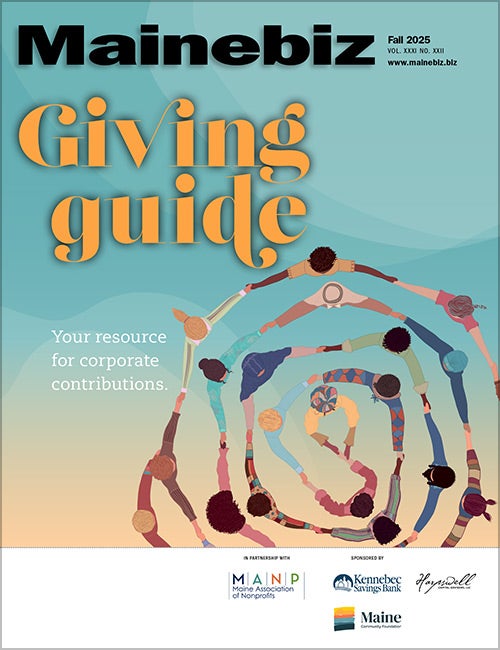
3 key considerations before converting to an ESOP
An ESOP is a powerful tool for those looking to exit their business, but it is not the right fit for everyone.
Here are 3 things that we have found to be crucial to the ESOP decision:
1. Know when you’re ready

We have found that an ESOP-owned company takes 5 to 7 years to buy out the former owner (i.e., pay off the former owner’s seller note). Although you will no longer be the owner during that time, you will likely maintain your role as the head of the company and be significantly involved as a manager. Staying on as an employee also allows you to be eligible for ESOP allocations.

Unless you decide to finance a portion of your seller note at closing with a loan from a bank, your seller note payout relies on the continued success of the company. The company’s income pays off your seller note. That income also determines the value of the ESOP equity for employee-owners. That means, for that 5 to 7 year period, everyone is fully aligned that the company must do well. The better the company does, the faster you can retire and the better for the employee-owners.
Your involvement can taper over that time, but there must be someone to step into that role. That’s where succession planning comes into play.
2. Figure out a successor
The heart of the ESOP is the employee-owners. As you transition to a less-active role in the company (normally after 2 to 3 years), someone (or a group of folks) must step up to take your place. ESOP or not, having a successor secures the future of the company and protects your legacy. It also secures the value of the ESOP for the employee-owners; when you inevitably exit, the ESOP value is contingent on the capabilities of your replacement to run the company.
The ESOP rewards loyalty and capability: your employees obtain ownership in the company over time, but stock allocations are ultimately determined by wages (productivity), tenure or a combination of both. The ESOP is built to incentivize the best and most loyal members of the team. The ESOP makes sense only if you value and trust your employees to run the business. If that future leader is not internal, don’t fret. The ESOP offers an attractive benefit for an external hire: the new leader will obtain ownership in a successful company without having to pay anything for it.
3. Invest in education
A notable benefit of the ESOP is the by-product of employees thinking like owners, which they now are. A client of ours told us that after the ESOP, employees started reusing supplies in the shop instead of running to ACE every day. This is small, but every penny counts. An ownership mindset is the most powerful aspect to the ESOP. The ESOP is a complicated and confusing transaction, so employee education is crucial to reap the full benefit of that owner mentality.
We encourage clients to form ESOP committees to create pamphlets, plan family days and host employee education conferences. It may seem daunting to get started, but once a few employee-owners truly understand the benefits they are getting, they are normally more than happy to participate. Actually, one client of ours told us they must hold elections for the committee positions, as they have too many people interested in joining. (Hint: the folks that step up to be part of the committees may be good future leaders of the company!)
The ESOP is a powerful tool for exiting your company. Having your timeline, successor, and employees in sync ensures a bright future for your business and the people who helped you build it.
Thomas Flynn, COO and managing partner, and Stella Neveu are with Bellview Associates.










0 Comments